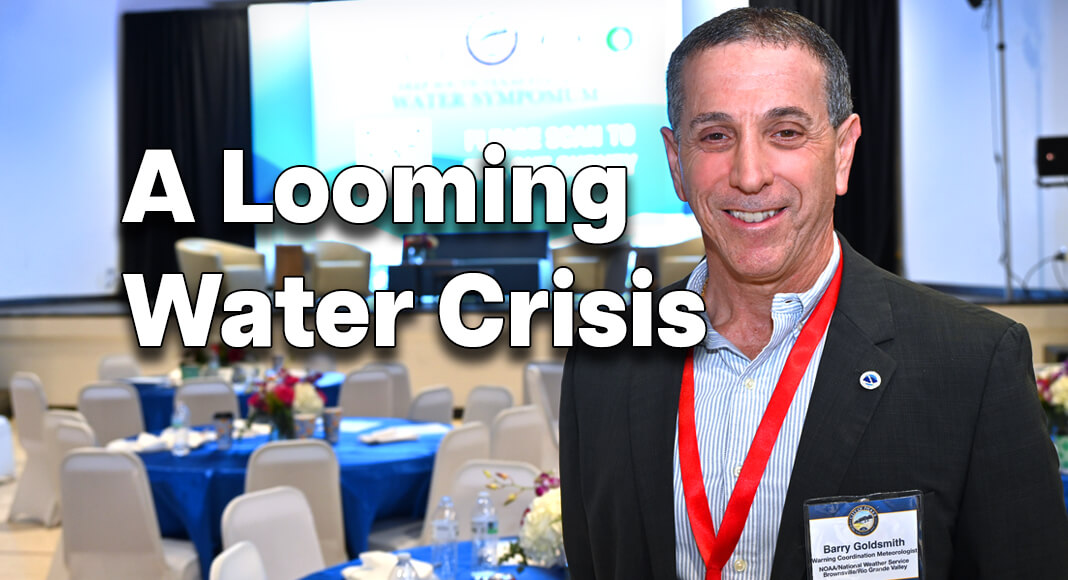Barry Goldsmith, Warning Coordination Meteorologist at the National Weather Service in Brownsville, is a key figure in addressing the severe water crisis currently affecting the Rio Grande Valley. With nearly 17 years of experience in the Valley and over 38 years in meteorology, Goldsmith brings a wealth of knowledge and expertise to the table.
At the recent Deep South Texas State of Water Symposium in Pharr, Texas, Goldsmith provided crucial insights into the region’s water challenges. He highlighted the unpredictability of hurricanes, which are essential for replenishing the Valley’s water reservoirs. Unfortunately, the current weather patterns are not favorable, increasing the urgency of the situation.
Goldsmith shared alarming statistics on the water levels in the region’s major reservoirs, emphasizing the need for immediate action. With Amistad Reservoir at just below 20% capacity and Falcon Lake even lower at approximately 11.5%, the water supply is dwindling rapidly due to insufficient rainfall and increased water demand.
In response to the critical water shortage, Goldsmith advocated for a comprehensive conservation strategy known as the “Five Asians” approach. This approach includes conservation, reclamation, desalination, smart irrigation, and innovation. By reducing water usage in daily activities, recycling and reusing water, investing in desalination technologies, and adopting smarter irrigation methods, the region can work towards mitigating the water crisis.
Goldsmith also highlighted the importance of rainwater harvesting as a supplementary method for non-potable water needs. When managed effectively, this technique could provide an additional buffer against the diminishing water supply.
Moreover, Goldsmith addressed the erratic weather patterns in the Rio Grande Valley, where severe droughts are often followed by intense flooding. He stressed the need for improved drainage systems to handle heavy rains and prevent flooding, protecting communities and properties from water-related disasters.
The water crisis has already begun to impact key industries in the region, such as agriculture. Goldsmith pointed out the challenges faced by the sugar and citrus industries, emphasizing the need for more efficient irrigation methods to ensure their survival in the face of water scarcity.
Overall, Goldsmith’s comments at the symposium underscored the urgency of the water crisis in the Rio Grande Valley. With reservoir levels at historic lows and no significant rainfall in sight, immediate action is necessary to implement comprehensive water conservation strategies. The symposium served as a call to action for residents, industries, and governments to come together and find solutions before it is too late.
In conclusion, Barry Goldsmith’s expertise and insights are invaluable in addressing the water crisis in the Rio Grande Valley. By implementing conservation strategies, investing in innovative technologies, and improving infrastructure, the region can work towards securing a sustainable water supply for the future. Time is of the essence, and collaborative efforts are essential to ensure the well-being of the Valley’s communities and industries.

